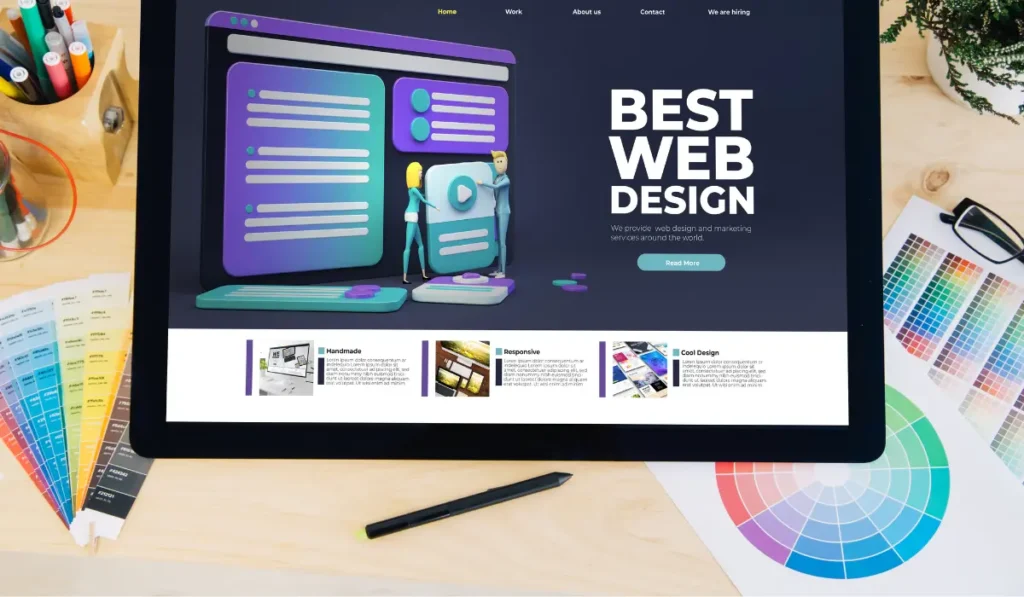It’s the year 2019, as you might have noticed, and businesses can barely start without an online presence, let alone grow and develop.
But why do so many websites still look like it’s 1999?
Here’s a list of top web design mistakes to avoid that people stubbornly keep making.
While this is not a comprehensive overview, we hope you’ll find it pretty representative.
Each item on the list is a subset of lesser mistakes that have driven designers mad for years.
1. Discouraging Access
Let’s say most of your website’s visitors are iPhone users. Does that mean you should optimize for mobile devices? Sure. But does it mean that you should force the same layout on all users? Absolutely not!
Not everyone wants to scroll endlessly to get that initial impression you’re trying to make. Some would prefer to take advantage of their widescreen display. If you haven’t set up a broad range of layouts for different devices, you’ve hamstrung your website.
As far as top web design mistakes go, this one is not as common as it once was. You can still run into poorly optimized layouts, though, and it still boggles the mind.
2. Burying the Lead
The granddaddy of top web design mistakes! This one is so common that books have been written on it. It’s when it takes a visitor ages to figure out what your website is about. Maybe you confuse them so much that they just give up and leave. Maybe your page is front-loaded with quality content, but it overwhelms the user.
There may be many different reasons, but if you can’t grab a user’s attention, you’re doing it wrong. It can be as simple as that.
3. Integrating Social Media
Now, hold on, hear us out! Yes, social media integration can be essential — we’re not arguing against that. Still, not every website needs it in equal measure, and there are definitely downsides.
Do you really want users logging in via Facebook, Google, and Twitter? Do you want them annoyed and forgetting which account they used last time? Can you guarantee that the cross-platform info they leave won’t be abused? Because if you can’t, you might be…
4. Compromising User Security
This was a big one in the late twenty-tens. For a while, there were new reports of data breaches coming out almost daily. “Hacking” is the word of the decade, and everyone fears the bad black hat. Whether the threat is real or not is irrelevant when it comes to web design.
These days, search engines will ruin a website that’s not SSL certified. There’s a sliding scale even among those who claim they are secure. Ultimately, if you risk getting a bad rap on security, you’re playing with fire.
How Not to Ruin Everything
The Internet is crawling with cautionary tales of design failure. Why risk becoming one? Avoid these and other web design mistakes by trusting web design professionals to do the job for you.
Design matters. Don’t be afraid to invest in creativity and experience.


